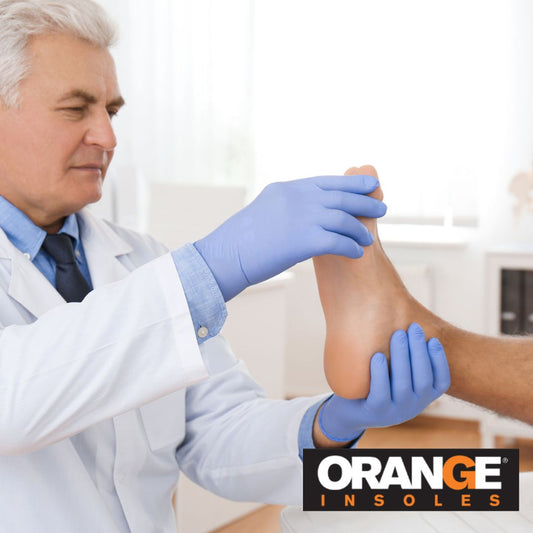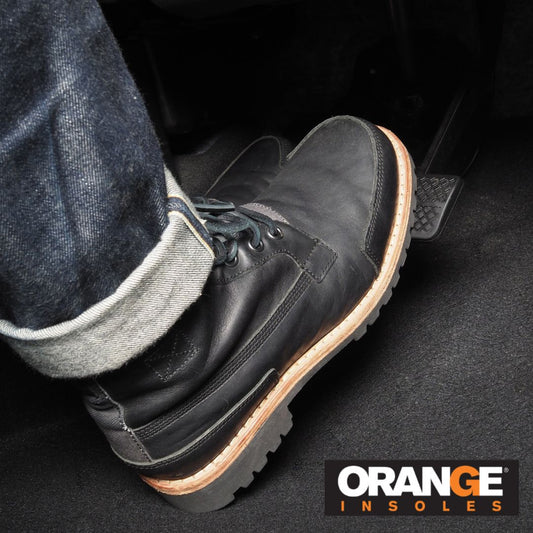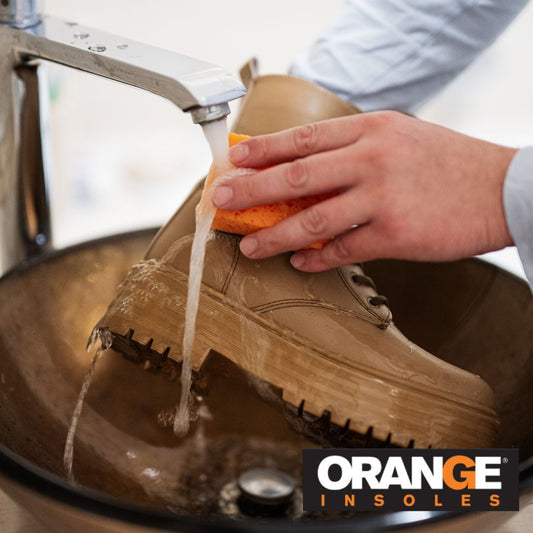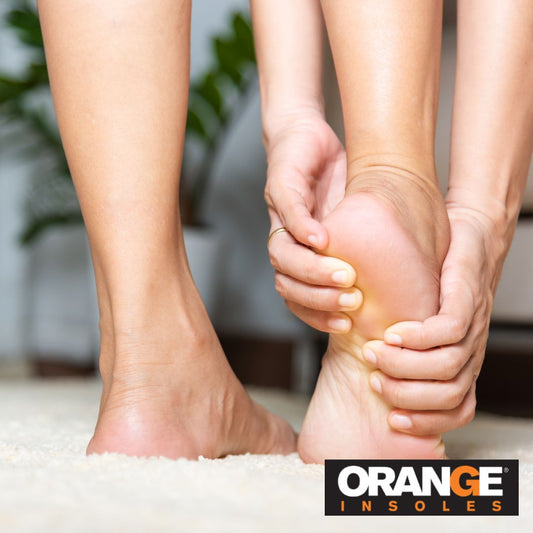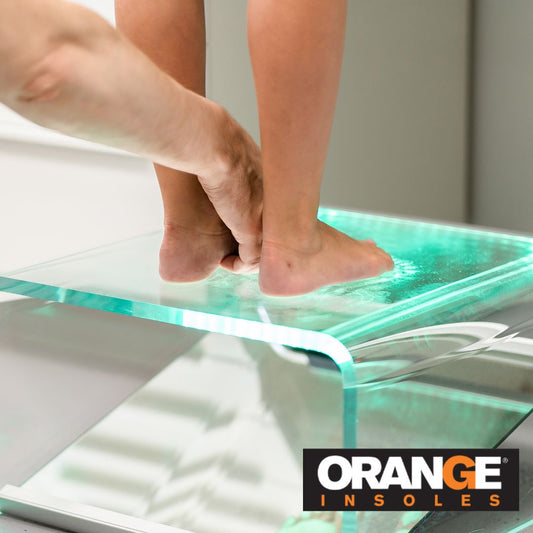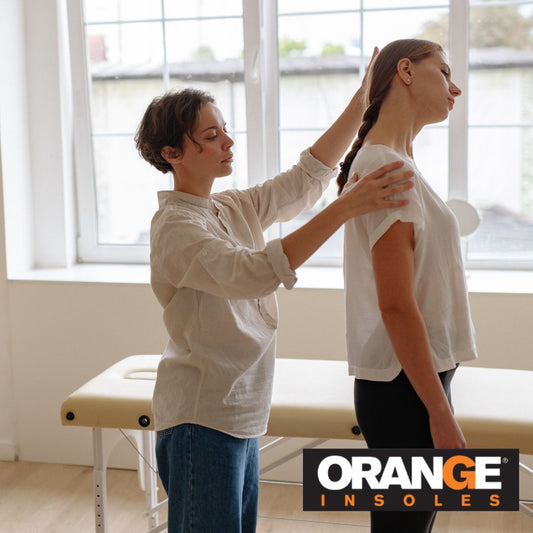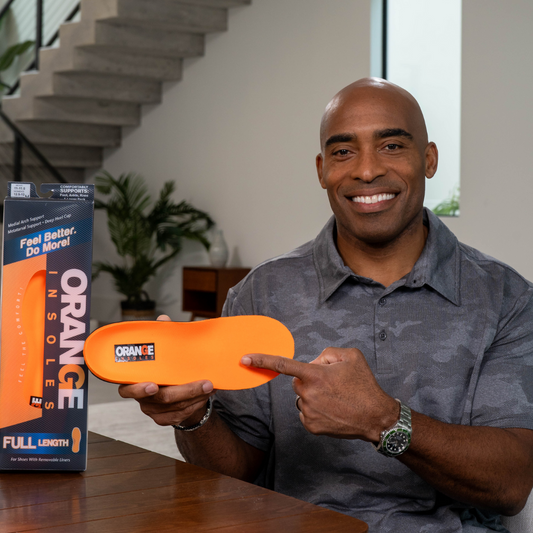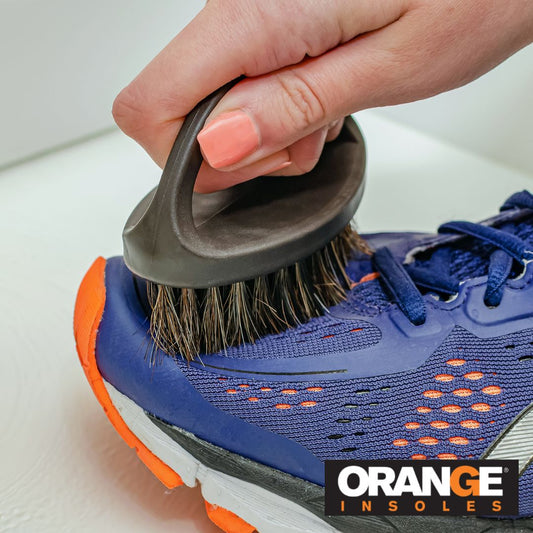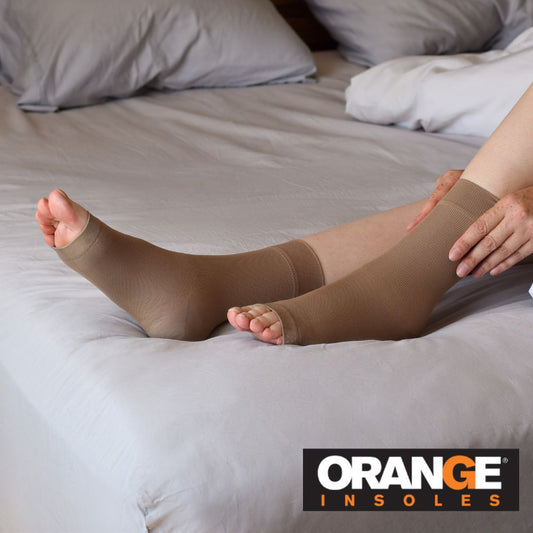Heel pain can be an unfortunate and unpleasant consequence of everyday life, particularly for those who are constantly on their feet, with one condition that can arise being plantar fasciitis. The term refers to inflammation of the plantar fascia, a band of tissue stretching from your heel to the bones in the middle of your foot. It serves as arch support as well as a shock-absorber in your foot.
Although the exact cause of plantar fasciitis hasn’t been determined, it is thought to result from a series of small injuries to the fascia. Injuries tend to be sustained near where your heel bone connects to the plantar fascia. Risk factors for plantar fasciitis include a sedentary lifestyle, with injuries often occurring for those whose everyday lives suddenly require them to be on their feet a lot, whether standing, walking or running.
You may also be more likely to suffer plantar fasciitis if you are overweight, given the additional strain that this places on the heel, or if your shoes lack the right arch support or cushioning. In older people in particular, there may not be an obvious cause at all. Although the 40 to 60 age bracket is when the condition is most likely to develop, with athletes and women also at particular risk, any gender or age group can experience it.
The obvious symptom of plantar fasciitis is pain in any area of the underside of your heel. Sometimes, a particular spot might be identified as the source of the pain, being tender to the touch. You are likely to feel the greatest pain when you begin to walk immediately after awaking, and while the pain may not seem so pronounced as the day goes on, it may worsen if you go on a long walk or stay on your feet for a while.
Diagnosis of plantar fasciitis often depends solely on the doctor discussing the subject with you and taking a closer look at your feet. Current literature advises that the condition is treated with a combination of ice, rest and the three Ss – stretching, strengthening and supporting. Most problems with the condition can be alleviated with the help of Achilles tendon, calf and foot stretching, for example, in addition to the strengthening of the foot and ankle muscles.
Proper shoes and insoles can also play a key role in the prevention or elimination of plantar fasciitis and other common foot problems. However, it is always recommended that you check with your doctor the most appropriate courses of action for your particular condition.










